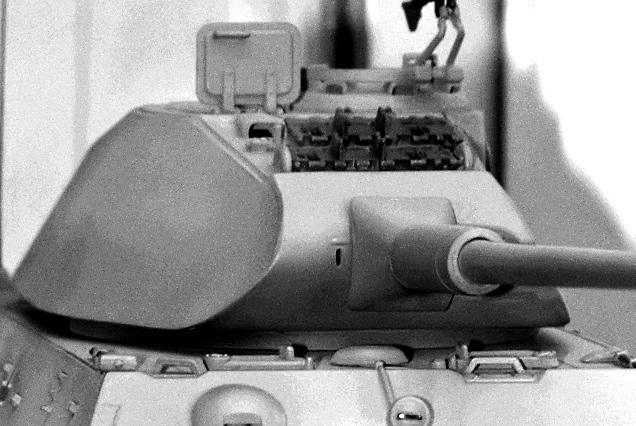The Boy's could actually outperform itself now, against armor, but it would be over a certain ammo that nobody really cares to handle, or even breathe around.
The Boy's and the Browning were designed around piercing vertical armor plate, that wasn't too thick, as you can see by the video. This goes back to the WWI tanks. However, in the video, they admit that after the plate is at a certain angle, you might as well hang it up. Add that to much thicker plate, with angles everywhere, and the 50 0r 55 calibers didn't stand a chance with the ammo then.
When we entered WWII, we were already way behind the Germans in armor, tanks, planes, ships, the list goes on. Of course, they had been building up with new designs not really long after WWI, while we sat idly around. I would have hated to be in one of our light or medium tanks, and be against a German Panzer.
Anyhow, the Boy's has some ideas on its recoil suppression system that might come in use now with the big .50 BA's folks are shooting.


